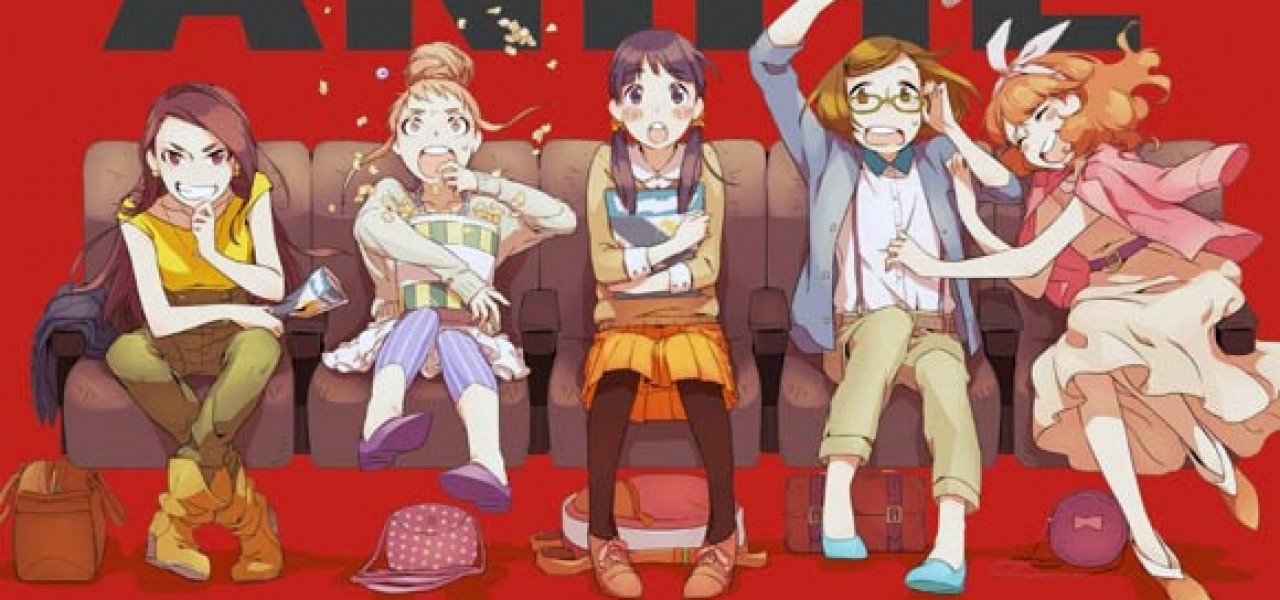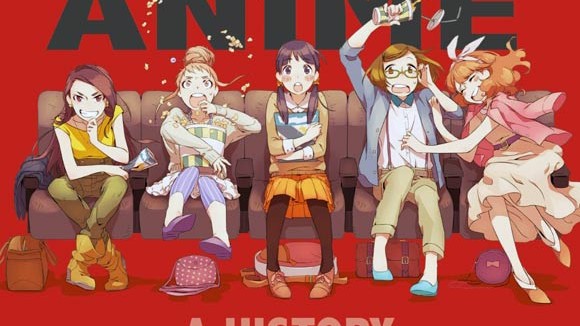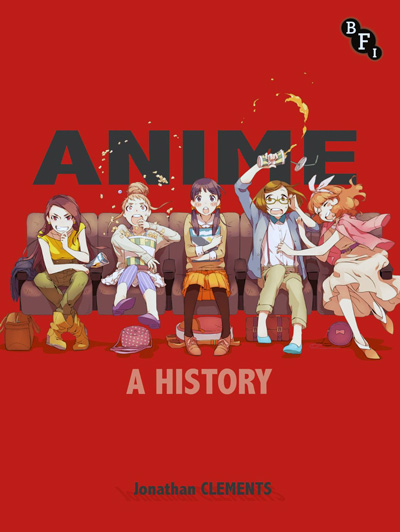

Book Review: A Fresh Take on Anime History by Jonathan Clements

Anime: A History
By Jonathan Clements
(British Film Institute, 256 pages)
Order Anime: A History book on Amazon.com.
Jonathan Clements’ Anime: A History differs greatly from more populist overviews of anime available in the English-language market. This book is not about the anime texts themselves, but the surrounding industry: Clements delivers a tightly-packed account of anime production, distribution and viewership from the silent era to the present day.
Histories of anime often begin with Astro Boy (1963). By contrast, nearly half of Clements’ book is devoted to the pre-Sixties years: a seldom-told prehistory of Japanese animation, with pioneers creating shorts influenced by Western animators such as Emile Cohl before being corralled into wartime propaganda films.
Clements tells a fascinating set of tales from the era. To pick just one example, he relates how a prestigious 1940s animated feature based on the story of the “Emperor’s New Clothes” had its plug pulled by Toho’s Tetsuzo Watanabe—a strident anti-Communist who would later quell a strike by recruiting a small army, including reconnaissance aircraft and tanks – on the grounds that the film was “riddled with redness”.
The book unearths The New Adventures of Pinocchio, a 1960 stop-motion series animated by Mochinga for Rankin/Bass (the text is careful to place the word “American” in quotation marks when discussing US productions outsourced to Japan). Clements points out that, while Astro Boy is regarded as a milestone for delivering twenty-five minutes a week, the Pinocchio series had already reached the halfway mark with 12.5 minutes a week – and yet, this achievement has been largely forgotten.
As intriguing as this may be, Clements does not reinvent conventional history and still presents Osamu Tezuka’s Astro Boy as the beginning of anime as we know it. Tezuka appears to have coined the word “anime” to identify the limited animation used in his television cartoons – a truncated word for a truncated process, so to speak. “’Anime’, to the [Japanese] mainstream, comprised those cartoons on television that were deemed gratuitously violent”, writes Clements. “[T]he animation community now distinguished between the experimental films and apprentice pieces that could be seen at film festivals, and the junk that was on television.”
This is a warts-and-all history: Clements points out that the revolution in direct-to-video anime, which opened the door for more innovative and less commercial works, also led to a glut of pornography – including material that would be illegal in live action. But between relating the usage of backlit cels for inexpensive effects, and recounting how the creators of Gundam succeeded in telling a worthwhile story within a toyetic genre, the author paints a picture of creativity existing in the face of heavily restricted circumstances.
The book later settles into covering more familiar aspects of anime history such as the growth of otaku culture and increasing reliance on foreign markets, but even then Clements continues to cast a wide net in obtaining facts and anecdotes. Discussing international distribution, he avoids the common pitfall of focusing on the English-speaking world and relates how the Seventies anime UFO Robot Grendizer achieved notoriety in France and Italy for its violence—even becoming the subject of a French book about the effects of media on children. Towards the end, Clements discusses new avenues for anime: Internet distribution, the rise of sophisticated amateur works such as Voices of a Distant Star, and multimedia experiments such as the Hatsune Miku Live Party, in which CGI characters appear “live in concert”.
Looking through the book’s extensive usage of Japanese-language sources, it seems safe to say that much of this information is new to Anglophone scholarship. Anime: A History is heartily recommended for anybody who wants an insight into the industrial politics that lie behind the on-screen images.

.png)